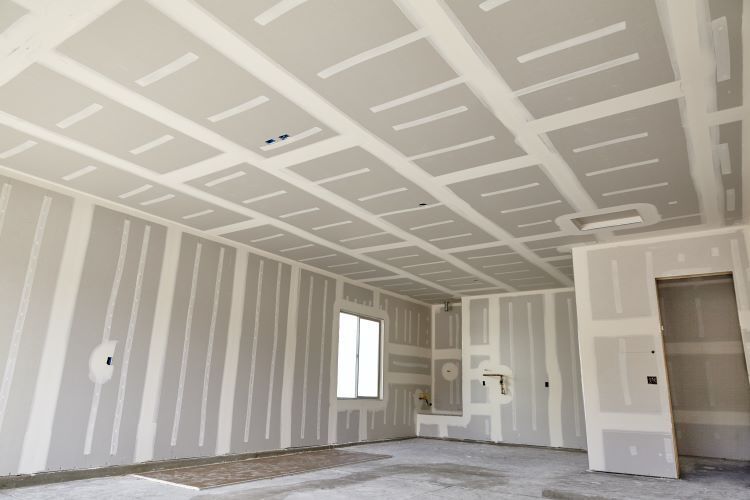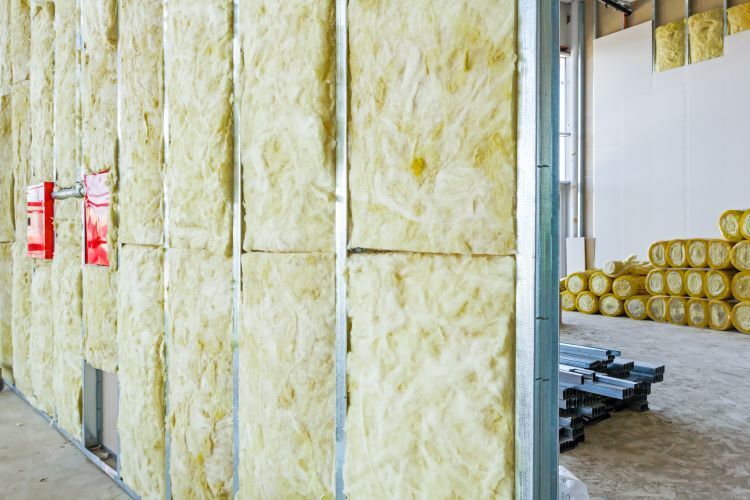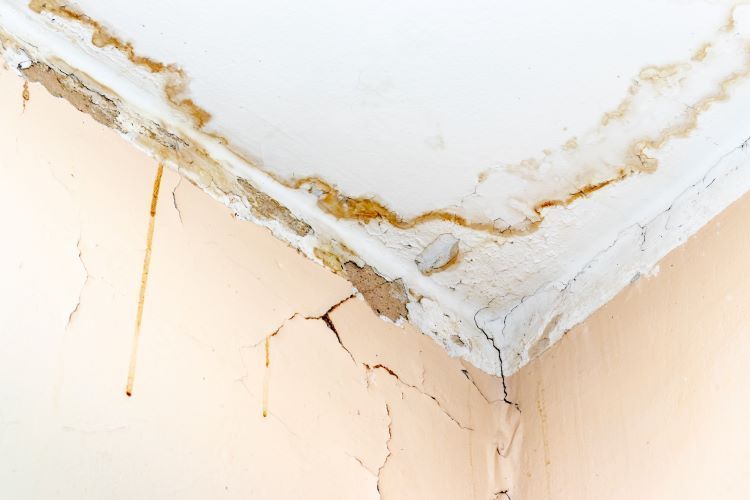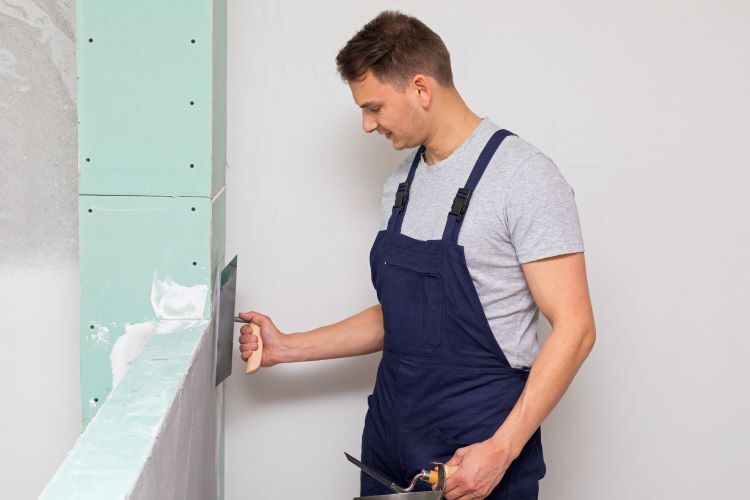Drywall Maintenance Tips: Keeping Your Walls in Perfect Condition

Drywall is a fundamental component in most homes, providing a smooth, clean surface for walls and ceilings. While drywall is durable, it does require some maintenance to keep it looking its best and to ensure its longevity. At Windsor Drywallers, we specialize in all aspects of drywall installation, repair, and maintenance in Windsor, Ontario. Here are some essential tips to help you maintain your drywall and keep your home looking pristine.
1. Regular Cleaning
Keeping your drywall clean is the first step in maintaining its appearance and condition.
- Dusting: Use a microfiber cloth or a soft duster to remove dust and cobwebs from the surface of your walls and ceilings. Regular dusting prevents the buildup of dirt and grime.
- Spot Cleaning: For fingerprints, smudges, or minor stains, use a damp cloth with a mild soap solution. Gently wipe the area without soaking the drywall, as excessive moisture can cause damage.
- Deep Cleaning: For more stubborn stains, a mixture of water and white vinegar can be effective. Avoid using harsh chemicals or abrasive cleaners, as these can damage the drywall surface.
2. Addressing Small Repairs
Small issues such as nail pops, cracks, and dents are common with drywall. Addressing them promptly can prevent further damage.
- Nail Pops: If nails or screws become visible through the drywall, gently tap them back into place and cover with joint compound. Once dry, sand the area smooth and repaint.
- Cracks: Hairline cracks can be filled with a thin layer of joint compound. For larger cracks, apply a fiberglass mesh tape over the crack before applying the joint compound. Sand and repaint once the compound is dry.
- Dents and Holes: For small dents and holes, fill with spackling paste or joint compound. Larger holes may require a patch. Cut a piece of drywall to fit the hole, secure it with drywall tape, and cover with joint compound. Sand smooth and paint to match the surrounding area.
3. Preventing Moisture Damage
Moisture is one of the biggest enemies of drywall. Protecting your drywall from moisture is crucial for maintaining its integrity.
- Bathrooms and Kitchens: These areas are particularly prone to moisture. Ensure proper ventilation with exhaust fans to reduce humidity. Use moisture-resistant drywall in these areas if possible.
- Leaks and Flooding: Regularly inspect plumbing fixtures and roofs for leaks. Address any water damage immediately to prevent mold growth and structural damage. In case of flooding, remove wet drywall and allow the area to dry completely before making repairs.
- Basements: Basements are susceptible to dampness. Use a dehumidifier to keep humidity levels low and consider waterproofing treatments for walls and floors.
4. Regular Inspections
Conducting regular inspections can help you catch problems early before they become significant issues.
- Visual Inspections: Walk through your home and visually inspect the drywall for signs of damage, such as cracks, discoloration, or bubbling. Pay particular attention to areas around windows, doors, and plumbing fixtures.
- Touch Inspections: Gently press on the drywall in various areas to check for soft spots, which could indicate underlying moisture damage or structural issues.
5. Repainting
Repainting your drywall not only refreshes the appearance of your home but also provides an additional layer of protection.
- Surface Preparation: Before painting, clean the walls thoroughly and repair any damage. Sand the surface lightly to ensure the paint adheres well.
- Quality Paint: Use high-quality paint and primer. Consider using paint with a mold-resistant additive in areas prone to moisture.
- Regular Maintenance: Plan to repaint every 5-7 years or as needed to keep your walls looking fresh and to address any minor surface issues.
6. Professional Maintenance
While many drywall maintenance tasks can be done by homeowners, there are times when professional help is necessary.
- Major Repairs: For significant damage, such as large holes, extensive water damage, or structural issues, it’s best to call in the professionals. Windsor Drywallers can assess the damage and provide expert repairs.
- Mold Remediation: If you discover mold on your drywall, it’s crucial to address it promptly and professionally. Mold can pose health risks and requires thorough remediation to prevent recurrence.
Why Choose Windsor Drywallers?
At Windsor Drywallers, we offer expert drywall services tailored to meet your specific needs. Here’s why we are the ideal choice for your drywall maintenance:
- Experienced Professionals: Our team has extensive experience in all aspects of drywall installation, repair, and maintenance.
- Quality Workmanship: We use high-quality materials and employ meticulous attention to detail to ensure superior results.
- Customer Satisfaction: We prioritize customer satisfaction and work closely with you to address your concerns and meet your expectations.
- Local Expertise: As a local company, we understand the unique challenges posed by Windsor’s climate and environment, allowing us to provide the best solutions for your drywall needs.
Conclusion
Regular drywall maintenance is essential for keeping your home looking its best and ensuring the longevity of your walls and ceilings. By following these tips, you can address minor issues before they become major problems, protect your drywall from moisture damage, and maintain its appearance through regular cleaning and painting. For professional drywall maintenance and repair services, trust the experts at Windsor Drywallers. Contact us today to learn more about how we can help keep your drywall in top condition.
Windsor Drywallers is your trusted local expert for drywall installation, repair, and maintenance in Windsor, Ontario. Visit our website or call us to learn more about our services and to schedule a consultation.
You might also like


